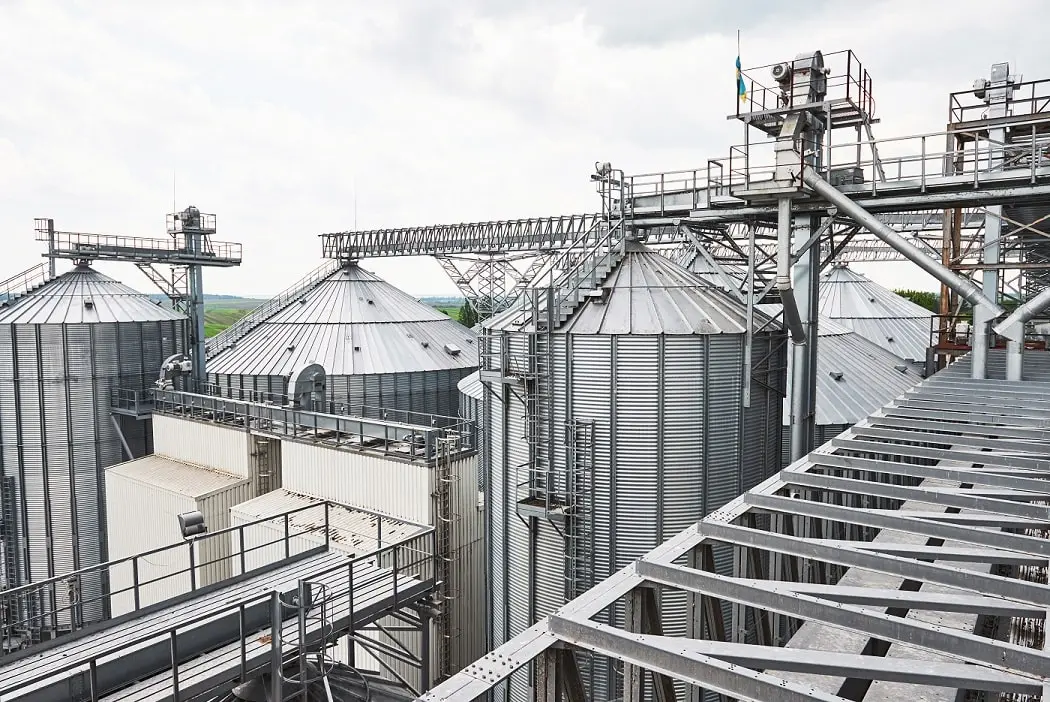Impulse Line Pressure Testing Procedure
In this blog, we will learn the procedure for conducting pressure leak tests on impulse lines, pipes, or tubing of field instruments. You will gain valuable insights into effectively testing and ensuring the integrity of these components, guaranteeing optimal performance and reliability in your industrial processes. Lets Start !!
Test Pressure Equipment
- Test gauge
- Hydro manual pump
- Hose
Please note that the Guage to be used must be calibrated +/- 1% accuracy and shall have valid calibrate stickers.
Test Medium
- Air
- Clean Water
Testing Pressure
- The test pressure equipment should be set to 1.5 times the maximum working pressure to ensure sufficient testing coverage.
- In the case of a pneumatic test, the test pressure should be set to 1.1 times the maximum working pressure, taking into account the specific requirements of pneumatic systems.
Checks To Be Carried Out Before Starting Pressure Test
- Properly install the ferrules to ensure a secure and leak-free connection in the impulse lines.
- Ensure that the impulse lines are adequately supported and maintained with the proper slope to prevent any potential issues.
- Verify that the instrument connected to the impulse lines is appropriately isolated to avoid any interference during the pressure testing.
- Barricade the area where the hydro test is being conducted to restrict access only to authorized personnel for safety and security reasons.
- Prioritize safety by using all required Personal Protective Equipment (PPE) during the testing procedure to protect against potential hazards.
Impulse Line Testing Procedure
- Prior to the pressure test, ensure that all necessary applicable records have been verified and confirmed for completeness.
- Clear the line for the pressure test once all the above requirements and preparations have been fulfilled.
- Take care to avoid the presence of air pockets by leaving the mentioned vents at high points open during the test. These vents should only be closed once a clean test medium flows from the outlet.
- In case any leaks are observed during the pressure test, mark these leaks and promptly de-pressurize the line for further investigation and repair.
- Before initiating any repairs, make sure to properly drain the lines to ensure a safe working environment.
- After carrying out any necessary repairs, re-pressurize the line and conduct a test to ensure its integrity. Document the results of the re-pressurization test for future reference.
Post Testing Procedure
- The de-pressurization of the line should be conducted in a controlled manner to ensure safety and prevent sudden release of pressure.
- It is important to note that immediate release of pressure is not permitted and should be avoided.
- After the pressure test is completed, the lines should be thoroughly drained out and flushed with air to remove any residual test medium. This helps in maintaining the cleanliness and proper functioning of the lines.
Final Checks to be Carried Out
- Prior to the pressure test, it is necessary to clean all the tubes thoroughly by using compressed air. This ensures that any debris or contaminants are removed from the tubes, promoting accurate and reliable testing.
- Additionally, it is crucial to inspect and verify that all connections are properly made before conducting the pressure test. This includes checking for tight fittings, secure fastenings, and proper alignment to prevent any potential leaks or failures during the test.
Thanks for reading!! Happy Learning!!
I hope you like above blog. There is no cost associated in sharing the article in your social media. Thanks for reading!! Happy Learning!!

